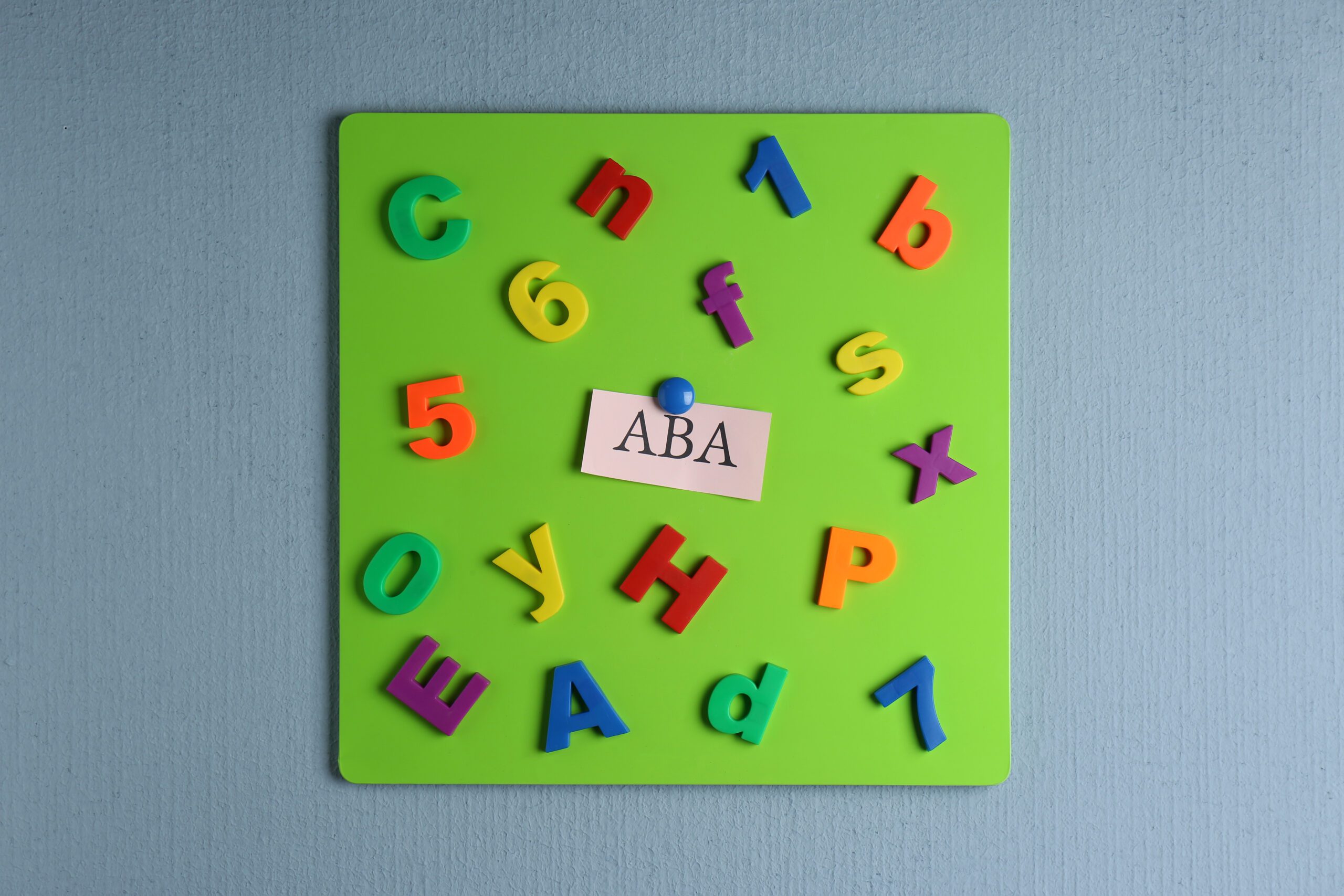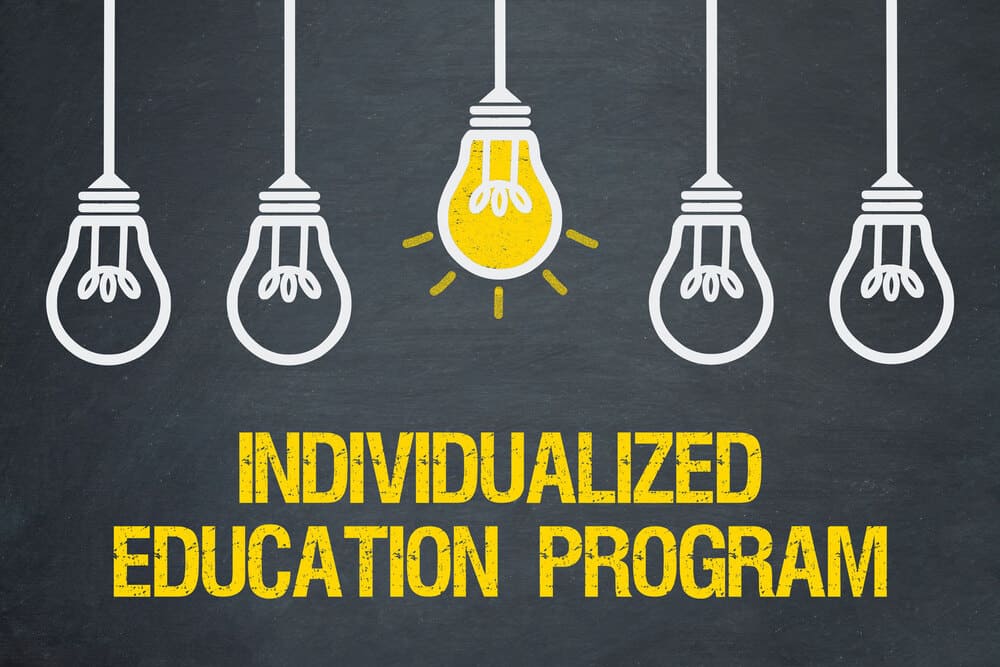
Applied Behavior Analysis: Understanding the 7 Dimensions and Functional Assessments
Applied Behavior Analysis (ABA) is a scientific approach that has been pivotal in improving behaviors, particularly in individuals with autism and developmental disorders. The foundation of ABA therapy lies in its structure, which revolves around the 7 dimensions of applied behavior analysis.
These dimensions define the core principles and practices that ensure ABA interventions are effective, measurable, and meaningful. This blog will explore these 7 dimensions of applied behavior analysis and also delve into the role of functional assessments in shaping therapy outcomes. Finally, we will examine how Grapevine’s local applied behavior services excel in utilizing these principles.
What is Applied Behavior Analysis (ABA)?
Applied Behavior Analysis (ABA) focuses on modifying behavior to improve social, academic, and daily living skills in individuals. By applying principles from behavioral science, ABA ensures that interventions are data-driven, scientifically backed, and tailored to the individual’s needs.
Central to ABA therapy are the 7 dimensions of applied behavior analysis, which provide a clear framework for therapists to develop interventions that produce lasting and meaningful changes. These dimensions are essential for understanding and implementing ABA therapy effectively.
The 7 dimensions of applied behavior analysis ensure that interventions are systematic, measurable, and geared towards promoting positive behavior change. Let’s now break down these dimensions in detail to understand how they apply to real-life therapy scenarios.
The 7 Dimensions of Applied Behavior Analysis Explained
The 7 dimensions of applied behavior analysis serve as the guiding principles of ABA therapy. Each of these dimensions plays a vital role in ensuring that therapy remains focused on important behavioral changes and outcomes.
Below is a detailed explanation of each of the 7 dimensions of applied behavior analysis and how they contribute to the overall success of ABA therapy.
1. Applied
The “applied” dimension emphasizes that ABA interventions must focus on behaviors that are of real significance to the individual. These are behaviors that will help the person improve their quality of life and become more independent. The 7 dimensions of applied behavior analysis highlight that therapy should address behaviors that matter in everyday situations, such as communication, social interactions, and functional skills.
In Grapevine, for example, behavior analysts focus on teaching critical skills like communication and self-regulation, ensuring that the behaviors targeted in therapy are practical and impactful. By addressing behaviors that truly matter, ABA therapy makes a meaningful difference in the individual’s life.
2. Behavioral
The “behavioral” dimension of the 7 dimensions of applied behavior analysis refers to the focus on observable actions rather than internal feelings or thoughts. By emphasizing behaviors that can be seen and measured, ABA therapists ensure that interventions are grounded in reality and based on tangible actions. This makes the therapy not only scientifically rigorous but also easy to track and evaluate.
Behavioral interventions often involve reinforcing desired actions, like following instructions or engaging in social activities. By focusing on observable behavior, ABA therapy helps individuals develop and maintain functional skills that are essential for daily living.
3. Analytical

The “analytical” dimension ensures that ABA therapy is grounded in data and analysis. It is about using systematic methods to determine whether the intervention is working and to what extent it is achieving the desired results. The 7 dimensions of applied behavior analysis stress the importance of constantly monitoring and adjusting interventions based on data to achieve the best possible outcomes.
In Grapevine, behavior analysts collect and analyze data on targeted behaviors, tracking their progress over time. This data-driven approach allows therapists to make informed decisions about how to adapt therapy to ensure continued success.
4. Technological
The “technological” dimension highlights the need for clear, detailed procedures in ABA therapy. Each intervention within the framework should be explicitly outlined so that others can replicate it. This ensures that the intervention can be consistently applied and monitored, which is essential for producing reliable and reproducible outcomes.
In Grapevine, behavior analysts use clear and straightforward protocols for interventions, making it easy for both therapists and families to follow. These defined procedures ensure that therapy is effective and consistent.
5. Conceptually Systematic
The “conceptually systematic” dimension refers to the necessity of ABA interventions being based on well-established behavioral principles. The 7 dimensions of applied behavior analysis emphasize that interventions should not be random but rather grounded in behavioral science and theory.
By applying well-established behavioral concepts, ABA therapists can design interventions that are both ethical and effective. This conceptual framework helps ensure that therapy produces positive changes while adhering to the principles of behavior analysis.
6. Effective
The “effective” dimension focuses on the importance of interventions producing meaningful and significant changes in behavior. ABA therapy must not only improve behavior but also lead to practical, real-world outcomes. The 7 dimensions of applied behavior analysis stress that interventions should produce outcomes that improve the individual’s ability to function in society.
In Grapevine, for instance, behavior analysts assess whether therapy leads to real-world improvements in communication, social skills, and daily living abilities. The goal is always to achieve measurable progress that enhances the individual’s quality of life.
7. Generalizable
The “generalizable” dimension ensures that the changes made during therapy are applicable across various environments and settings. This is a critical aspect of the 7 dimensions of applied behavior analysis, as it ensures that learned behaviors are not limited to the therapy room but can be applied in the home, school, and community settings.
Behavior analysts in Grapevine ensure that the skills learned during ABA therapy transfer to other settings, helping individuals apply them in real-life situations. This generalization of behavior is key for long-term success.
Role of Functional Assessments in ABA
In addition to understanding the 7 dimensions of applied behavior analysis, it is crucial to recognize the importance of functional assessments. A functional assessment in applied behavior analysis is a systematic process used to identify the causes or functions of behaviors. Understanding why a behavior occurs is key to developing an effective treatment plan.
Functional assessments help ABA therapists develop interventions that address the root causes of challenging behaviors rather than just the behaviors themselves. By identifying the function of a behavior—whether it’s to seek attention, escape a task, or gain access to a specific item—behavior analysts can craft interventions that are both effective and individualized.
Types of Functional Assessments
There are several methods for conducting a functional assessment in applied behavior analysis, including:
- Indirect Assessment: This method involves gathering information from parents, teachers, or caregivers through questionnaires or interviews.
- Descriptive Assessment: Involves direct observation and recording of the antecedents, behaviors, and consequences surrounding the target behavior.
- Experimental Functional Analysis: A more structured method where behavior analysts manipulate specific variables to understand their impact on the behavior.
In Grapevine, behavior analysts utilize a combination of these assessment methods to develop a comprehensive understanding of the behavior, which helps in formulating an effective therapy plan.
Book an Assessment at the Grapevine Center
If you’re looking to get started with ABA therapy in Grapevine, consider booking an assessment at one of the local applied behavior analysis centers. A certified behavior analyst will help assess your child’s needs and design a customized therapy plan that incorporates the 7 dimensions of applied behavior analysis.

